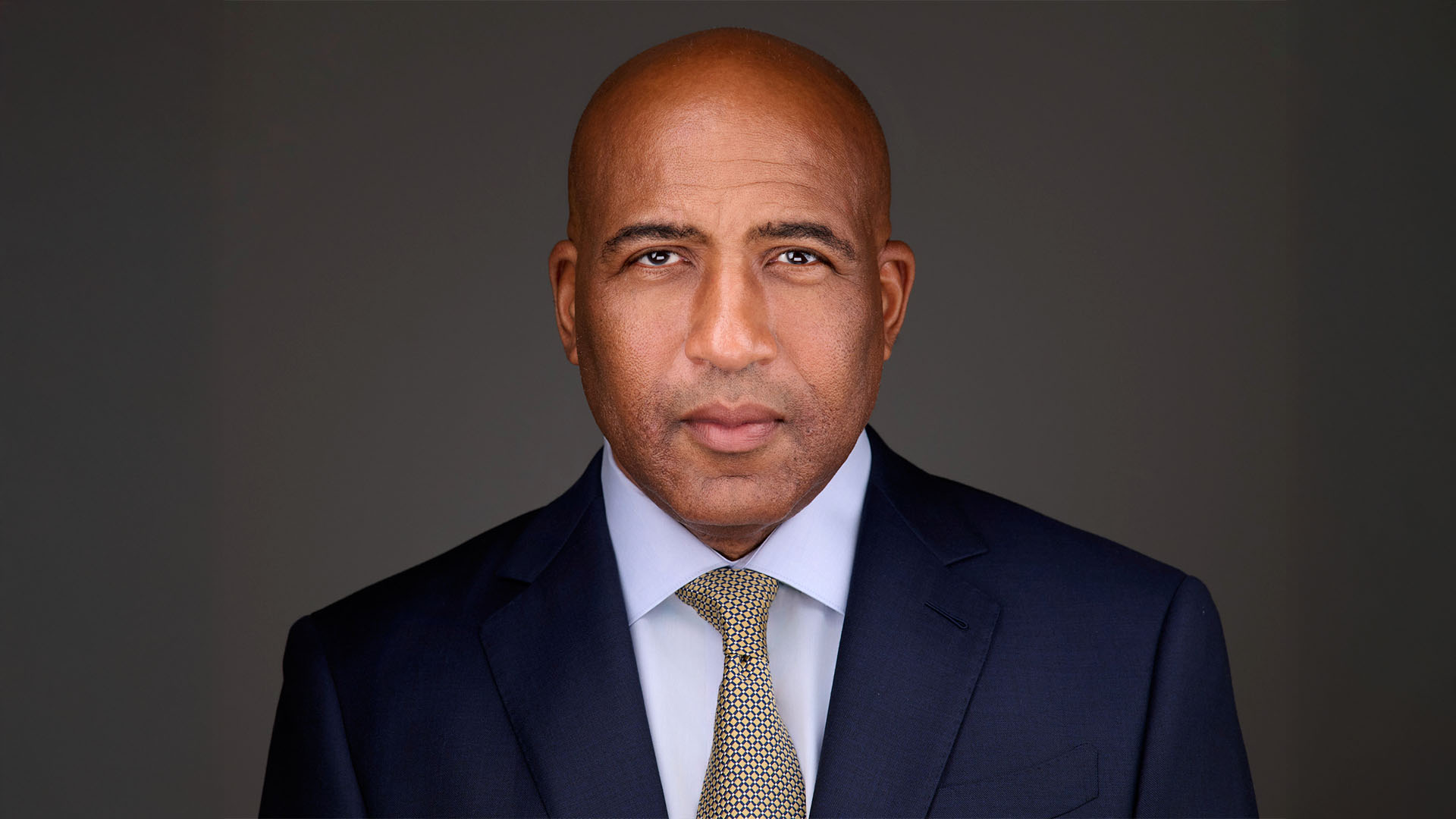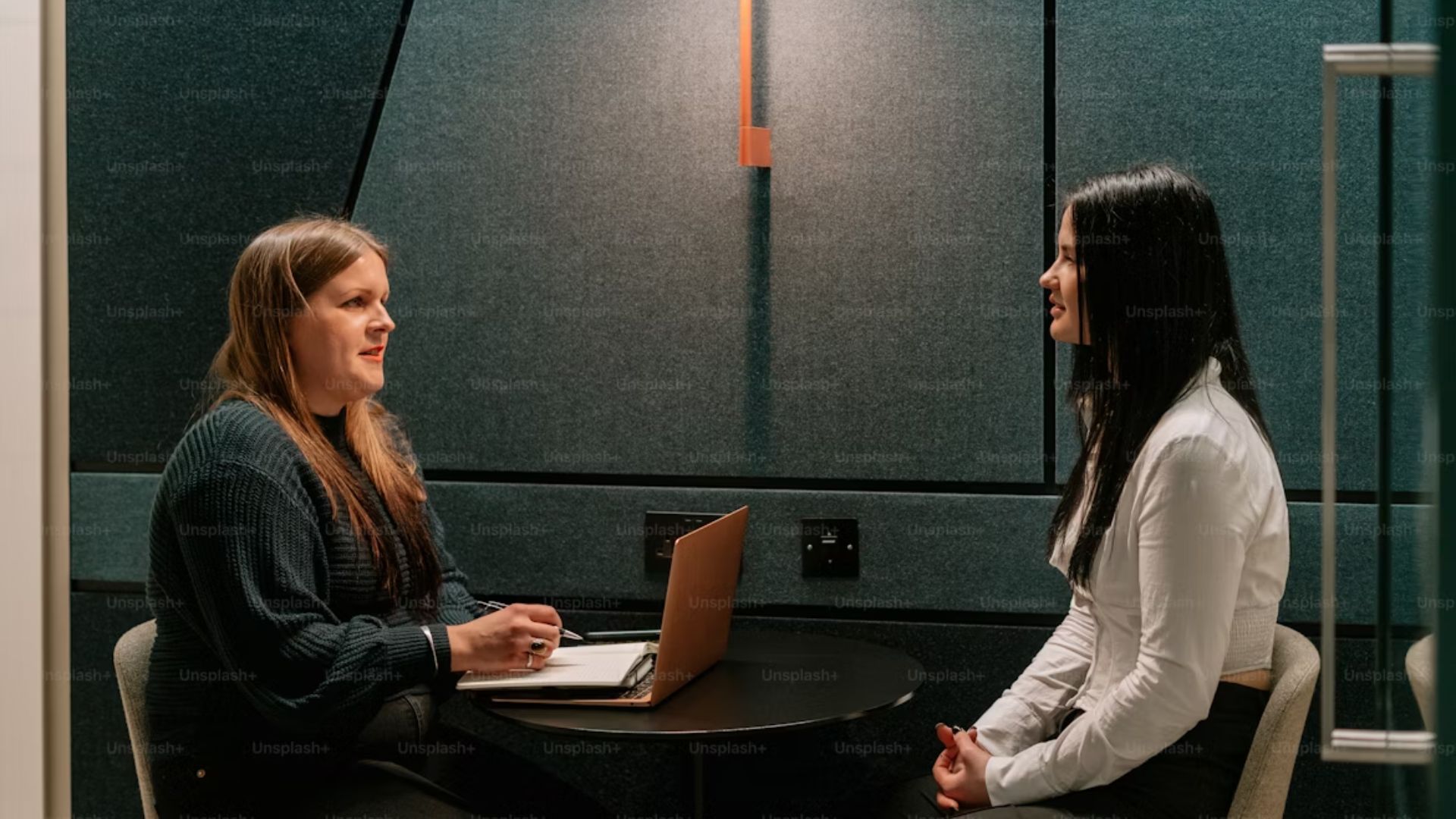The ability to recognize transformative technologies before they become mainstream is something of a superpower. Foresight in innovation overwhelmingly translates into measurable business performance: organizations that adopt emerging technologies early are already reporting significant revenue growth and operational improvements, often within two years of implementation. (McKinsey & Company, “The State of AI in 2024,” QuantumBlack, 2024).
Harrison Lewis, Founding Partner at Jacob Meadow Associates and three-time Chief Information Officer, has built his career on that very ability to spot innovation early and, most importantly, translate it into enterprise value. At Jacob Meadow Associates, Lewis and his team help organizations harness emerging technologies to unlock their X Factor — aligning innovation with business strategy before the market catches up.
“My origins are in the business. I used to think that was a weakness. But I’ve come to realize it’s been one of my greatest strengths. Because I approach everything from a business perspective first, and then determine how technology can be leveraged.” This foundation has allowed Lewis to drive digital transformation across major retail and consumer brands including Grocery Outlet, HEB, Northgate Gonzalez, and Kroger. Today, his focus remains on helping organizations align innovation with strategic intent, uncovering what he calls “that distinctive element that sets them apart.”
From Business Insight to Technological Foresight
By embedding himself in the challenges and ambitions of each enterprise, he has learned to “shop for technology” that fits those needs before the market even matures. “When I see new technology emerge, I’m immediately thinking about how it might be leveraged to solve a business problem or seize an opportunity,” he says. “The value I bring is connecting that technology to real-world use cases and helping both the technologists and the business see where it fits.” It’s a mindset that has led him to champion early partnerships with innovators such as Mist Wireless, Zscaler, Tableau, Mimecast, NCR’s Emerald cloud POS, and GoldenGate Software, many of which later became market leaders or were acquired by global enterprises.
“If you’re only working with the established, you’ll always lag.” Lewis notes.
The Blind Spot: Over-Reliance on the ‘Tried and True’
While many organizations pay lip service to innovation, many unintentionally limit their own potential by focusing on the tried and true. “They maintain relationships only with established vendors and never gain visibility into what’s emerging. It’s a narrow focus that creates a cycle of missed opportunity; smaller, more agile firms often pioneer new capabilities, and once these are proven, they’re quickly acquired by larger industry players. By the time that happens, organizations tied to long-standing vendor relationships are left trying to catch up with innovation that has already moved ahead.” “If you’re only working with the established, you’ll always lag,” Lewis says. “You’ll only access those innovations once they’ve been absorbed by the incumbents.” For leaders seeking to avoid that lag, he recommends a more proactive stance by cultivating visibility, curiosity, and openness to smaller technology partners.
Positioning the Organization to Attract Innovation
Identifying breakthrough technologies isn’t just about scouting, it’s also about being discoverable. Companies that publicly showcase their innovation efforts naturally draw attention from emerging technology providers seeking receptive partners. He cites Lululemon as an example: “They do an amazing job talking about the ways they’re innovating. That attracts employees who are passionate about innovation and validates those already there. It also signals to emerging tech companies that Lululemon is an organization open to new ideas.” For technology leaders, the lesson is to openly communicate innovation goals and make themselves magnets for collaboration. “When companies with emerging capabilities see that, they reach out,” Lewis says. “They believe you’ll be receptive, and that’s how opportunities begin.”
AI and the Business Context
AI now plays a defining role in nearly every organization’s innovation agenda, however many struggle to weave it seamlessly into their broader goals. “Too many are looking for their ‘AI strategy,’ and that’s a mistake,” he says. “The real question is: what’s your business strategy? What are your pain points, your aspirations, your opportunities?” AI is not a solution in itself, but a means to achieve business outcomes. “Without a clear understanding of the business problem, an AI strategy has no context,” Lewis says. “That’s when fear and confusion take hold, and people start to worry about being replaced instead of seeing how the technology can help them succeed.” Lewis has seen this anxiety firsthand, even among high school students he mentors through Washington Business Week. “Every group asked me the same thing: is AI going to take over? That same fear exists in organizations today. Leaders must own the narrative and define what AI means for their business. Otherwise, others will define it for them.”
Bridging Business and Technology for Competitive Advantage
The most effective technology leaders are those who stay deeply engaged with the business side of their organization. “When emerging technology companies present new capabilities, they can’t always articulate the business value,” he says. “It’s the responsibility of the technology leader to make that connection, to translate potential into performance.” This requires curiosity, empathy, and the confidence to experiment before certainty sets in. Leaders must be willing to test bold ideas, learn quickly from setbacks, and invite collaboration across departments. By fostering a culture that rewards exploration instead of punishing failure, organizations create the conditions where real innovation can take hold. “These opportunities won’t come neatly packaged. But for leaders who understand their business deeply, those early innovations become the building blocks of real competitive advantage.”
To learn more about Harrison Lewis and his work with Jacob Meadow Associates, connect with him on LinkedIn or visit his website.





